In this article, researcher Marta Torra Moreno presents the study “Digital devices as a therapeutic tool in children and adolescents with intellectual disability”, in which NeuronUP participated.
Brief summary of the study
According to the literature, children and adolescents with intellectual disability (ID)
present cognitive and behavioral difficulties.
First, an analysis of the published studies on the use of new technologies in this population was carried out. Next, sociodemographic, clinical, digital habits and quality of life data were collected. Behavioral and neuropsychological assessments were carried out using standardized tests. The participants were children and young people aged 6-17 from Special Education Centers (CEE).
A cognitive training program was designed and applied with the digital platform NeuronUP which consisted of 24 sessions each lasting 20 minutes. Subsequently, the effects were evaluated after the intervention.

Subscribe
to our
Newsletter
The thesis was developed within the framework of Industrial Doctorates of the Generalitat de Catalunya, Department of Business and Knowledge and the Agency for the Management of University and Research Grants (AGAUR).
From this study -“Behavioral and cognitive interventions with digital devices in subjects with intellectual disability”- different conclusions have been drawn which are shared at the end of this article.
Cognitive deficits in children and young people with intellectual disability (ID)
Many published studies describe cognitive deficits in children and young people with intellectual disability. Deficits in attention, (Neece et al. 2011; Hronis et al. 2017; D’Souza & Karmiloff-Smith, 2017), memory (Hronis et al. 2017; Bexkens et al. 2016; Purser et al. 2005) and executive functioning (Hronis et al. 2017; Bexkens et al. 2016; Schuiringa et al. 2017), as well as behavioral problems (Arias et al. 2021) have been described.
Psychological interventions in intellectual disability (ID)
Comorbidity with psychiatric disorders is very common in this population (Hugues- McCormack et al. 2017) for which pharmacological intervention is required.
With regard to psychological intervention, the use of behavioral therapy (Goñi et a. 2007; Ali et al. 2015; Hronis et al. 2017), cognitive (Ali et al. 2015; Hronis et al. 2017; Blakeley-Smith et al. 2021), multisensory stimulation (Cid, 2011; Lotan & Gold, 2009; Basadonne et al. 2021;), animal-assisted therapy (Maber-Aleksandrowicz et al. 2016; Hernández, 2004; Wolan-Nieroda et al. 2021) and cognitive stimulation (Roording-Ragetlie et al. 2022; Ali et al. 2018) is very common.
The latter consists of performing tasks specifically designed for the training of cognitive functions.
Previously these were worked on in the traditional paper format, but thanks to the development of digital devices these are increasingly common in neuropsychological intervention sessions, also introducing specific rehabilitation programs. Although there are many programs on the market, there are few published studies that have studied the effect of new technologies in this population.
Objectives of this study in intellectual disability (ID)
The main objectives of this thesis are the following:
- To carry out a systematic review of the scientific literature on articles that have evaluated the effects of these types of interventions in this population.
- To adapt and evaluate the psychometric characteristics of the ABC-2 (Aberrant Behavior
Checklist) test in our population. - To identify the cognitive functions and behavioral aspects most commonly
affected in children and young people with ID from the perspective of families,
professionals and the child themselves. - To use new technologies through tasks designed for children and adolescents
with intellectual disability (ID) and to evaluate the effects of this stimulation at the cognitive and behavioral level. - To assess the effects of the intervention according to gender and clinical variables.
Methodology adopted in this study in intellectual disability (ID)
First of all, a review of the published scientific literature on the effectiveness of new technologies as a therapeutic tool for improving cognitive, academic, social and behavioral aspects was carried out.
In addition, since the ABC-2 test is not available in the Spanish population, together with the author, Dr. Aman, the existing ABC-Community version was improved.
Finally, an experimental and prospective case study was carried out, (they received psychological intervention with new technologies through the NeuronUP platform) and controls (did not receive the intervention) which was conducted in different special education centers (CEE) in the Tarragona area.
The following were administered:
- a questionnaire with sociodemographic, clinical data and digital habits;
- the Kidslife scale (to assess the level of quality of life);
- Adaptive Behavior Scale-Educational Centers-Second Edition (ABS-S:2) (adaptive behavior);
- ABC-2 (behavior problems);
- Behavior Rating Inventory of Executive Function- School Version, Second Edition (BRIEF-2) (executive functioning);
- and computerized neuropsychological tasks generated and administered by the E-Prime program (obtaining measures of attention, inhibitory control, impulsivity and working memory).
The tests were completed by family members, educators and by the participants.
Subsequently, the experimental group received 24 cognitive stimulation sessions lasting 20 minutes. These sessions were specifically designed for this population through the NeuronUP cognitive training program which was applied via digital devices in the special education centers themselves.
Once the intervention was completed, its effects were reassessed at the behavioral level (ABC-2) and neuropsychological (E-Prime and BRIEF-2) with readministration of the tests. The procedure was approved by the ISPV ethics committee.
Conclusions of this study on intellectual disability (ID)
The most relevant conclusions of this study are:
- The systematic review shows that interventions using digital devices in children and adolescents with intellectual disability targeting cognitive functions and behavioral skills are potentially beneficial due to improvement in executive functioning.
- The ABC-2 test translated for our population has obtained excellent reliability and good validity, suggesting its viability to be validated and administered in Spanish children and young people with intellectual disability.
- The most affected executive functions were inhibition, self-monitoring, behavioral regulation index, flexibility, emotional control, emotional regulation index and overall EF index.
- A specific cognitive training program was designed and applied and, after three training sessions with NeuronUP, an improvement was observed in tasks related to attention, processing speed and working memory.
- All subjects improved regardless of intellectual disability or gender in the tasks with NeuronUP, suggesting that if activities are personalized to each individual’s abilities, all children and young people with ID, at their own pace, can benefit.
Those interested in learning the details of the thesis can access it from here.
Bibliography
- Ali, A., Hall, I., Blickwedel, J., & Hassiotis, A. (2015). Behavioural and cognitive‐behavioural interventions for outwardly‐directed aggressive behaviour in people with intellectual disabilities. The Cochrane Database of Systematic Reviews, 2015(4), CD003406. https://doi.org/10.1002/14651858.CD003406.PUB4
- Ali, A., Brown, E., Spector, A., Aguirre, E., & Hassiotis, A. (2018). Individual cognitive stimulation therapy for people with intellectual disability and dementia: protocol of a feasibility randomised controlled trial. BMJ Open, 8(12), 22136. https://doi.org/10.1136/bmjopen- 2018-022136
- Arias, V., Aguayo, V., & Navas, P. (2021). Validity of DSM-5 Oppositional Defiant Disorder Symptoms in Children with Intellectual Disability. International Journal of Environmental Research and Public, Health 18(4), 1977. https://doi.org/10.3390/IJERPH18041977
- Basadonne, I., Cristofolini, M., Mucchi, I., Recla, F., Bentenuto, A., & Zanella, N. (2021). Working on Cognitive Functions in a Fully Digitalized Multisensory Interactive Room: A New Approach for Intervention in Autism Spectrum Disorders. Brain Sciences, 11(11), https://doi.org/10.3390/brainsci11111459
- Bexkens A, Jansen BR, Van der Molen MW, Huizenga HM. (2016). Cool decision-making in adolescents with behavior disorder and/or mild-to borderline intellectual disability. J Abnorm Child Psychol. 44:357 67. doi: 10.1007/s10802-015-9996-8
- Blakeley-Smith, A., Meyer, A. T., Boles, R. E., & Reaven, J. (2021). Group Cognitive Behavioural Treatment for Anxiety in Autistic Adolescents with Intellectual Disability: A Pilot and Feasibility Study. Journal of applied research in intellectual disabilities , 34(3), 777–788. https://doi.org/10.1111/jar.12854
- Cid, M. J. (2011). Estimulació multisensorial en un espai Snoezelen en persones adultes amb greu discapacitat intel·lectual (Tesi Doctoral, Rovira i Virgili). http://www.publicacions.urv.cat/llibres-digitals/cum-laude/12-cum-laude/181- estimulacio-multisensorial-en-un-espai-snoezelen-en-persones-adultes-amb-greu- discapacitat-intel-lectual
- D’Souza, H., & Karmiloff-Smith, A. (2016, January 1). Neurodevelopmental disorders. Wiley Interdisciplinary Reviews: Cognitive Science. London: Wiley-Blackwell. https://doi.org/10.1002/wcs.1398
- Goñi, M.J., Martínez, N., Zardoya, A. (2007). Apoyo conductual positivo. Algunas herramientas para afrontar las conductas difíciles. FEAPS. Retrieved 15 November 2021. https://www.plenainclusion.org/publicaciones/buscador/apoyo-conductual-positivo- algunas-herramientas-para-afrontar-conductas-dificiles/
- Hernández, A. (2004). Terapias alternativas en rehabilitación. Actual. Enferm, 7(4), 25–30. Retrieved from https://pesquisa.bvsalud.org/portal/resource/es/lil-421045 Hronis, A., Roberts, L., & Kneebone, I. I. (2017). A review of cognitive impairments in children with intellectual disabilities: Implications for cognitive behaviour therapy. British Journal of Clinical Psychology, 56(2), 189–207. https://doi.org/10.1111/bjc.12133
- Hughes-McCormack, L. Rydzewska, E., Henderson, A., MacIntyre, C., Rintoul, J., & Cooper, S.-A. (2017). Prevalence of mental health conditions and relationship with general health in a whole-country population of people with intellectual disabilities compared with the general population. British Journal Psychiatry Open, 3(5), 243–248. https://doi.org/10.1192/BJPO.BP.117.005462
- Lotan, M., & Gold, C. (2009). Meta-analysis of the effectiveness of individual intervention in the controlled multisensory environment (Snoezelen®) for individuals with intellectual disability. Journal of Intellectual & Developmental Disability., 34(3), 207–215. https://doi.org/10.1080/13668250903080106
- Maber-Aleksandrowicz, S., Avent, C., & Hassiotis, A. (2016). A Systematic Review of Animal- Assisted Therapy on Psychosocial Outcomes in People with Intellectual Disability. Research in Developmental Disabilities, 49–50, 322–338. https://doi.org/10.1016/J.RIDD.2015.12.005
- Neece, C., Baker, B.., Blacher, J., & Crnic, K. (2011). Attention-deficit/hyperactivity disorder among children with and without intellectual disability: an examination across time. Journal of Intellectual Disability Research, 55(7), 623–635. https://doi.org/10.1111/J.1365-2788.2011.01416.X
- Purser, H. & Jarrold, C. (2005). Impaired verbal short-term memory in Down syndrome reflects a capacity limitation rather than atypically rapid forgetting. Journal of Experimental Child Psychology, 91(1), 1–23. https://doi.org/10.1016/j.jecp.2005.01.002
- Roording-Ragetlie, S., Spaltman, M., de Groot, E., Klip, H., Buitelaar, J., & Slaats-Willemse, D. (2022). Working memory training in children with borderline intellectual functioning and neuropsychiatric disorders: a triple-blind randomised controlled trial. Journal of intellectual disability research, 66(1-2), 178–194. https://doi.org/10.1111/jir.12895
- Schuiringa, H., van Nieuwenhuijzen, M., Orobio de Castro, B., & Matthys, W. (2017). Executive functions and processing speed in children with mild to borderline intellectual disabilities and externalizing behavior problems. Child Neuropsychology, 23(4), 442–462. https://doi.org/10.1080/09297049.2015.1135421
- Wolan-Nieroda, A., Dudziak, J., Drużbicki, M., Pniak, B., & Guzik, A. (2020). Effect of Dog- Assisted Therapy on Psychomotor Development of Children with Intellectual Disability. Children (Basel, Switzerland), 8(1), 13. https://doi.org/10.3390/children8010013
If you liked this blog post about behavioral and cognitive interventions with digital devices in subjects with intellectual disability, you will likely be interested in these NeuronUP articles:
“This article has been translated. Link to the original article in Spanish:”
Dispositivos digitales como herramienta terapéutica en niños y adolescentes con discapacidad intelectual
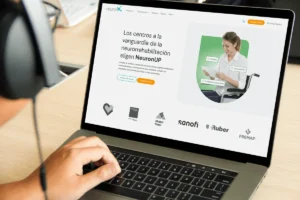

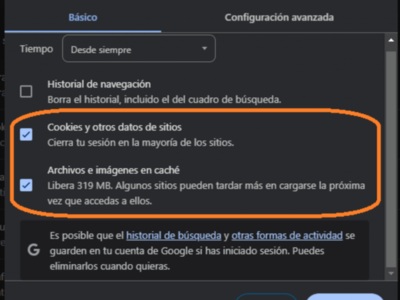
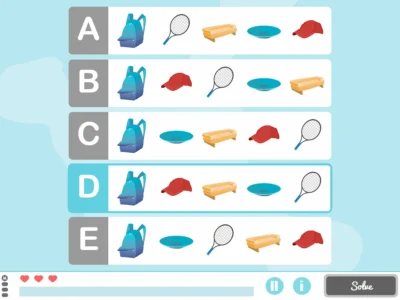

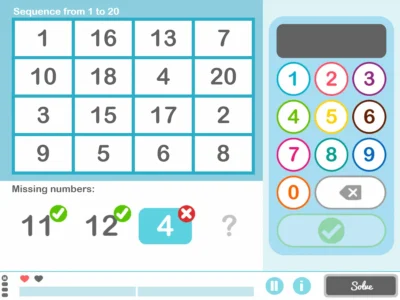
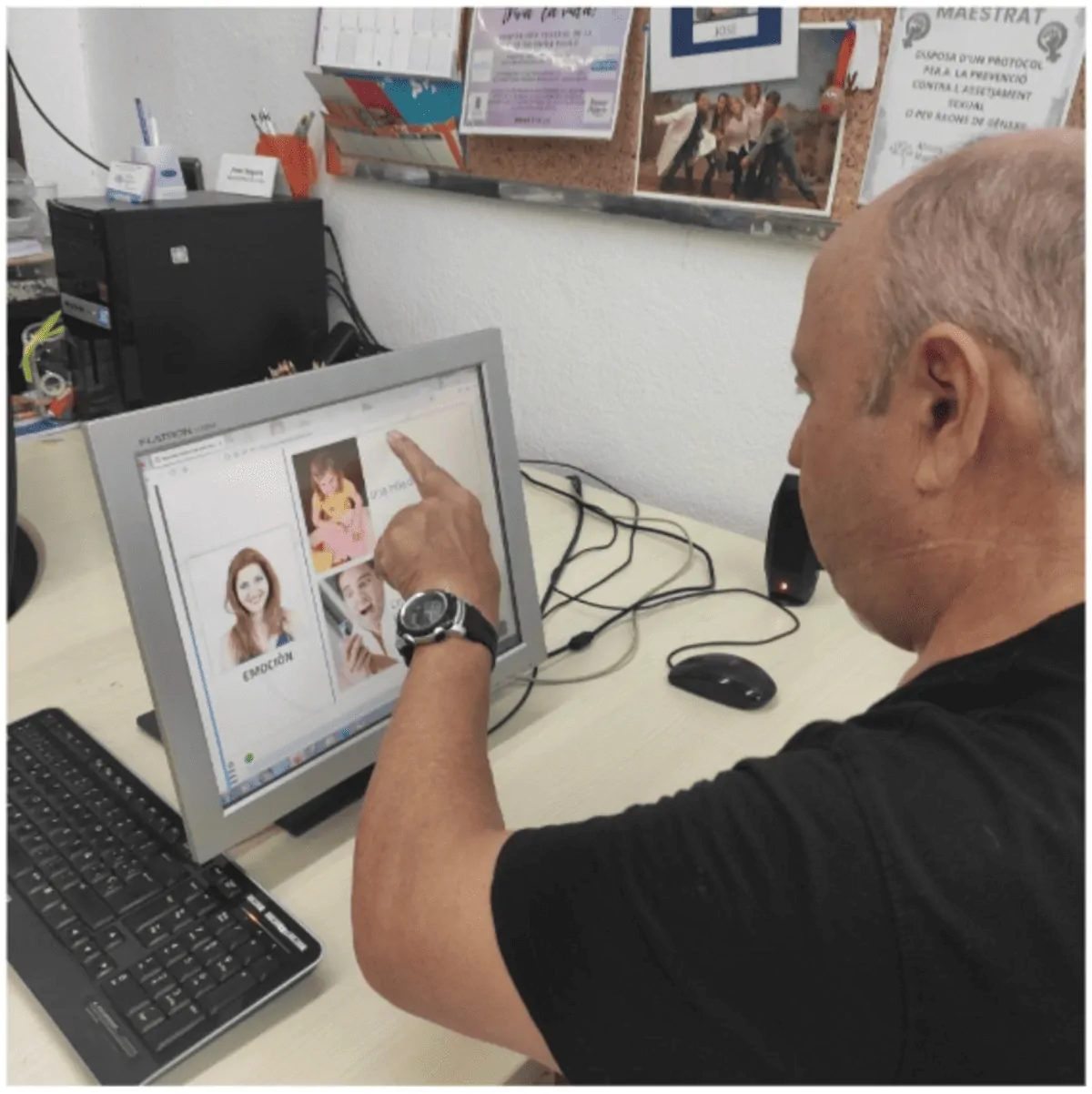
Leave a Reply